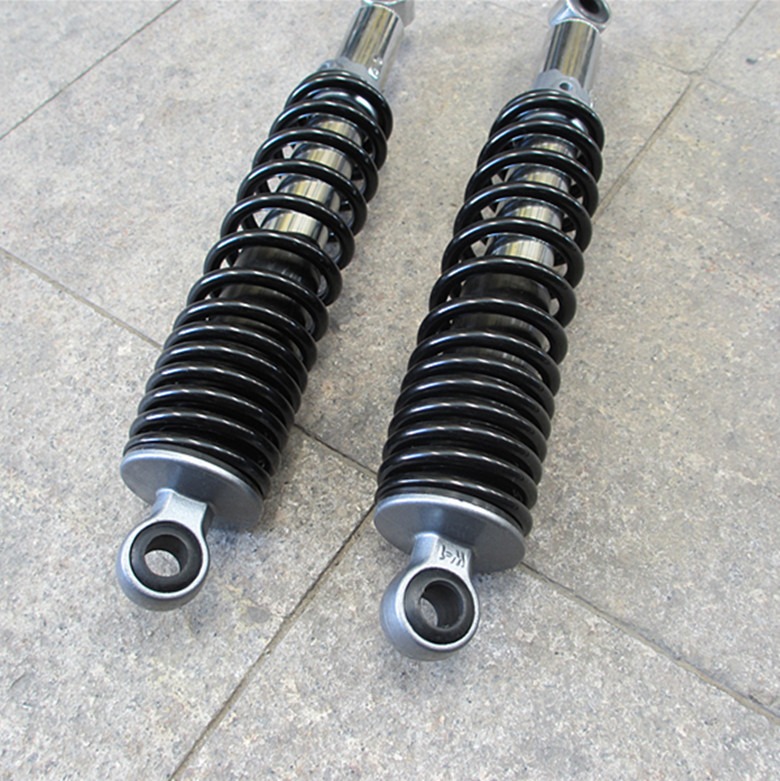Message
The selection process of automotive shock absorbers is a comprehensive consideration of multiple factors such as vehicle performance, usage scenarios, brand quality, and adaptability. Here is a detailed selection process:

1、 Clarify vehicle information and requirements
Vehicle model and brand: Firstly, clarify your own vehicle model, brand, and model, as the required shock absorber models and specifications may vary for different vehicle models.
Usage scenarios: Consider the main usage scenarios of the vehicle, such as urban roads, rural roads, highways, race tracks, etc. Different usage scenarios have varying performance requirements for shock absorbers.
Performance requirements: Determine the required type of shock absorber based on the vehicle's performance requirements, such as load-bearing capacity, driving speed, road conditions, etc.
2、 Understand the types and characteristics of shock absorbers
Hydraulic shock absorber: achieves shock absorption through the flow of liquid medium, suitable for various road conditions.
Pneumatic shock absorber: uses the compression and expansion of gas to achieve shock absorption, usually used for high-end or special-purpose vehicles.
Liquid gas hybrid shock absorber: using both liquid and gas to achieve shock absorption, with better shock absorption effect.
Single tube, double tube, and multi tube shock absorbers: Depending on the number of cylinder blocks, the shock absorption effect and manufacturing cost also vary.
Ordinary shock absorbers and sports shock absorbers: Ordinary shock absorbers are suitable for general road conditions, while sports shock absorbers are suitable for harsh road conditions and high-speed driving.
Soft and hard adjustable shock absorbers: The hardness and softness of the shock absorbers can be adjusted according to different driving scenarios and habits, providing a more personalized driving experience.
3、 Choose well-known brands and high-quality products
Brand selection: Choose shock absorber brands with high visibility and good reputation, which usually have more stable quality and more comprehensive after-sales service.
Product quality: Check the quality of the shock absorber, including the quality of the spring, the machining accuracy of the cylinder, etc. At the same time, understand the installation method and precautions of the product to ensure correct installation.
4、 Consider adaptability and installation convenience
Adaptability: Ensure good compatibility between the selected shock absorbers and components such as the vehicle chassis and suspension system, avoiding installation difficulties or situations that may affect vehicle performance.
Installation convenience: Choose shock absorber products that are easy to install and debug to reduce installation costs and time.
5、 Comprehensive evaluation and decision-making
Performance evaluation: Taking into account the shock absorption effect, load-bearing capacity, service life and other performance indicators of the shock absorber, select the product with the highest cost-effectiveness.
After sales service: Understand the manufacturer's after-sales service policy, including warranty period, repair network, etc., in order to obtain timely technical support and repair services during use.
6、 Installation and Debugging
Professional installation: Choose a professional car repair shop or 4S shop to install and debug shock absorbers to ensure installation quality.
Debugging inspection: After installation, conduct debugging inspection to ensure that the shock absorber works normally and meets the vehicle performance requirements.
Through the above process, car owners can choose shock absorber products that are suitable for their vehicles more scientifically and reasonably, improving driving comfort and safety.









